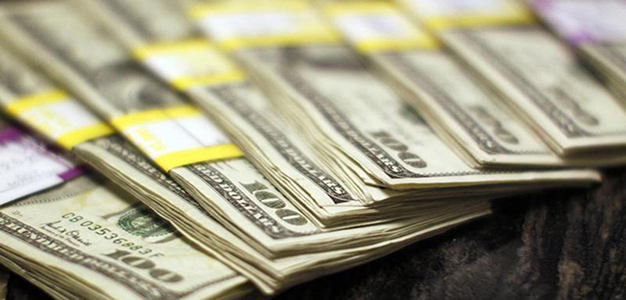
The grinding “wealth gap” recession into which the American middle class and working class were thrust three decades ago, as manufacturing jobs were off-shored by self-interested politicos of both parties, is about to morph into a depression. Certainly not your average, run-of-the-mill, two or three-quarters of negative GDP type recession. Not the eleven-month 1921–22-style of depression. Not even the long depression referred to now as the Great Depression. But a multiyear fiasco that might be better described as “devastation.” And if this devastation not only dramatically lowered the living standards of the aforenamed economic classes but had an even greater impact on the upper class, which has been so advantaged for two decades by the frequent eruptions of money from the Federal Reserve, then it would be sure to make Bolsheviks like Alexandria Ocasio-Cortez happy. Of course, the truly elite, the top 1 percent of the top 1 percent, basically the billionaire class, will be insulated; indeed, they will grow even richer and more powerful, as they scoop up, with their Fed-fueled, crony, fascist profits and access to Federal Reserve cash, all of the assets that will be subject to worldwide fire sales.
This is the “crack-up” boom that Ludwig von Mises described:
The boom cannot continue indefinitely. There are two alternatives. Either the banks continue the credit expansion without restriction and thus cause constantly mounting price increases and an ever-growing orgy of speculation—which, as in all other cases of unlimited inflation, ends in a “crack-up boom” and in a collapse of the money and credit system.
Or the banks stop before this point is reached, voluntarily renounce further credit expansion, and thus bring about the crisis. The depression follows in both instances.
But even the crack-up boom envisioned by Mises, as bad as that would be, pales in comparison to what lies ahead.
Of course, that which lies ahead did not have to exist. Alan Greenspan’s Federal Reserve could have shown restraint after the “bursting” of the 1999–2000 dot-com bubble. He could have refrained from lowering interest rates to 1 percent, which encouraged the widespread use of adjustable-rate mortgages. Additionally, coupled with the operation of the politically motivated Community Reinvestment Act, fueled the bursting of the Housing Bubble in 2008 and the advent of the so-called “Great Financial Crisis.” If Greenspan had reprised his former role as a committed free-marketeer, believing in sound money and had eschewed Keynesian voodoo, then the chips would have fallen where they may, and the recession would have healed itself, avoiding the chaos that ensued half a decade later.
When the Housing Bubble burst, then-Federal Reserve Chairman Ben Bernanke could have shown restraint and not embarked on the greatest monetary experiment in history (three-plus rounds of quantitative easing, also known as QE), more than quadrupling the Fed’s balance sheet from $900 billion in August of 2008 to over $4.1 trillion on the day when economist Janet Yellen ascended to the monetary throne in February of 2014. If Bernanke had shown such restraint, then the recession that followed would have had salutary effects, clearing out all the malinvestment, punishing the highly leveraged speculators instead of bailing them out, and allowing fiscal sanity to gain an economic foothold.
Current Federal Reserve Chairman Powell, who replaced Yellen in February of 2018, by September of 2019 actually did reduce, through modest “quantitative tightening,” the Fed’s balance sheet to $3.7 trillion from the high watermark of $4.5 trillion under Yellen. A stock market correction followed almost immediately as the “punchbowl” of free money was beginning to be drained. Powell could have shown restraint, but he lost his nerve and quickly reversed course, reinstituting QE.
The market, believing again in the famous Greenspan, Bernanke, Yellen, and Powell, rose to then-all-time highs, stretching price/earnings ratios to more than twice their historical average. But in March of 2020, in the face of lockdown-induced economic devastation and rapid stock market decline, Powell crammed down interest rates to zero and digitally printed 3.5 times more fiat money in four months (March 2020 through June 2020) than was on the Federal Reserve’s balance sheet from the beginning of the Republic until 2008. Indeed, 21 percent of all U.S. money (i.e., MZM money stock) was printed in 2020. And there is no end in sight, as new, and even more draconian lockdowns are reimposed on major cities and states.
So what does lie ahead? Why is there devastation when “highly effective” coronavirus vaccines are now being distributed?…
